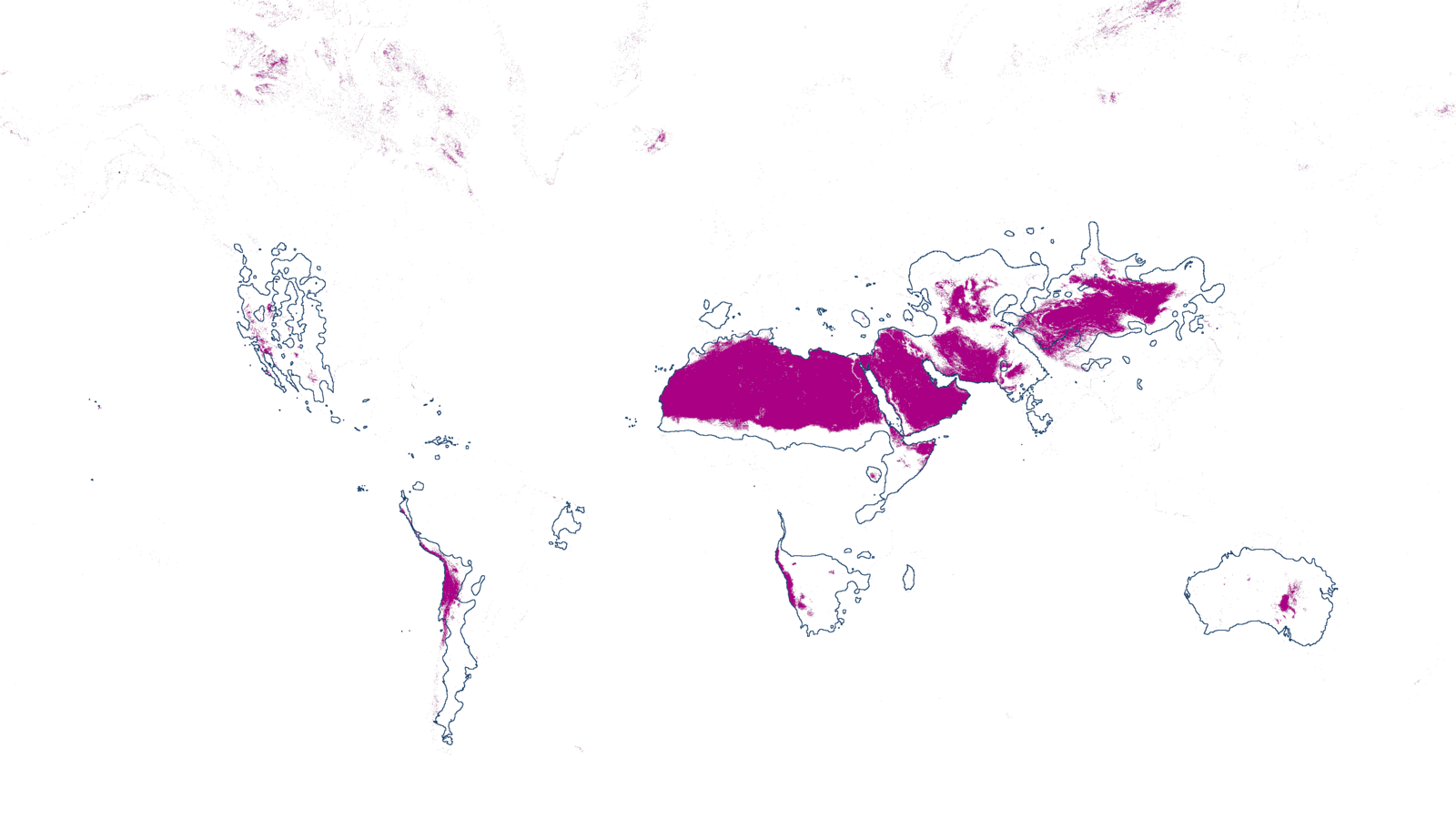Much of the news surrounding the Belt and Road Initiative tends to be reported and discussed in abstract, ambiguous, and sweeping terms, and is often accompanied by vertiginous conjecture about grand narratives and global dominance. One could argue this is simply evidence of a twentieth-century mode of politics being confronted with the twenty-first century, or blame it on the fact that all governments (but especially the Chinese one, or so we believe) are predicated on secrecy. Yet it might have something more to do with the initiative itself. Infrastructures are spatio-temporal constructs. They not only alter the logics of relation to resources, cultures, and geographies, but also to the past, present, and future. On the one hand, infrastructures guarantee the possibility of something—water coming from the tap, a train running on time—but on the other, their effects are inherently uncertain.
Infrastructure looks towards the future. But it is built in the present, and on top of the past. Debate around the Belt and Road Initiative that focuses entirely on what is to come, or what comes after, belies the basic fact that the initiative has already and continues to transform the realities of people and places all around the world, be it by actual development or mere speculation. There is great urgency in attuning discourse to these landscapes, these lives, these cultures, not least because of the potential impacts—economic, political, social, environmental—of such projects. More than money, materials, and labor, the Belt and Road Initiative trades in the currencies of hope and fear.
New Silk Roads is a collaboration between Aformal Academy and e-flux Architecture. The project has been supported by Design Trust, and has been produced in cooperation with Digital Earth.











